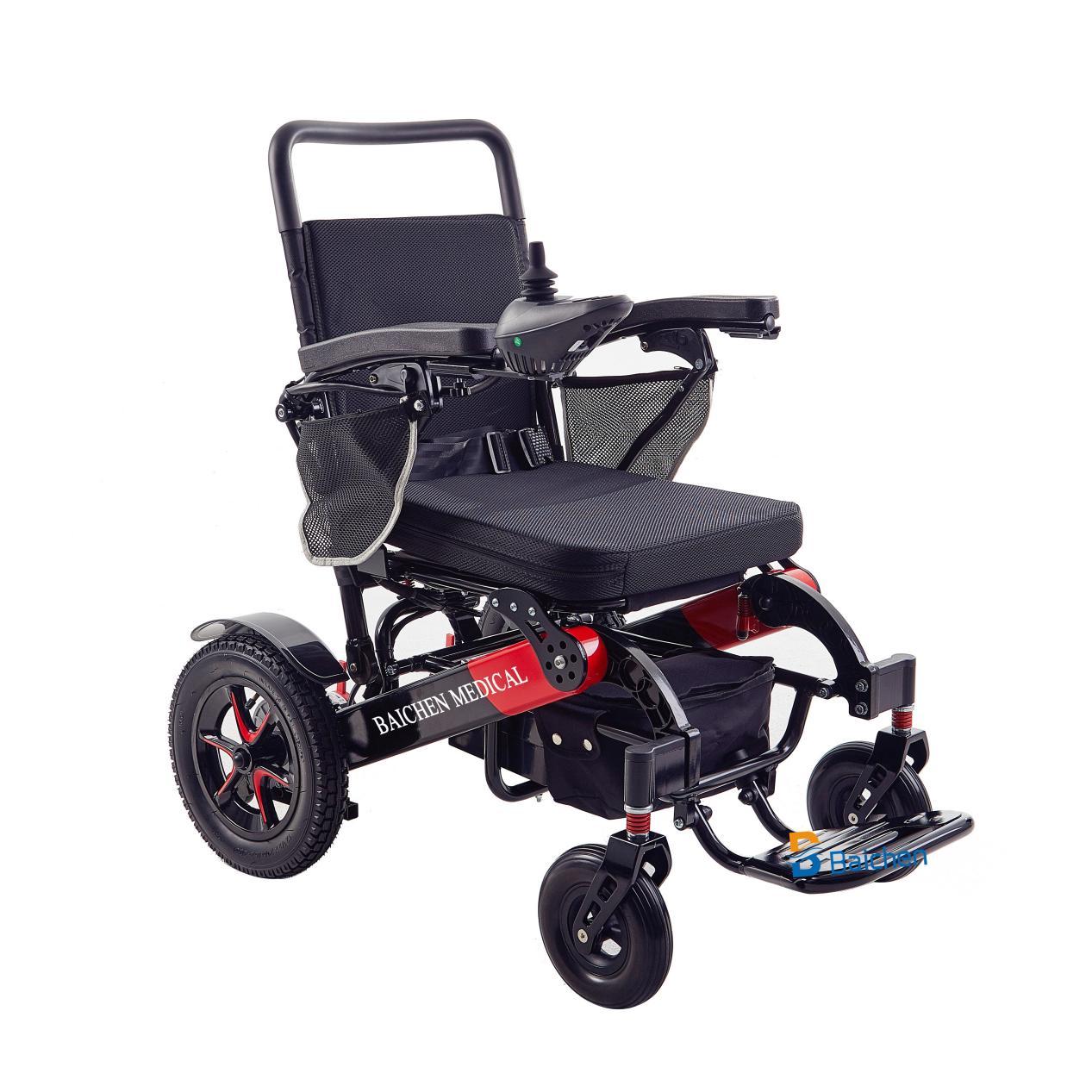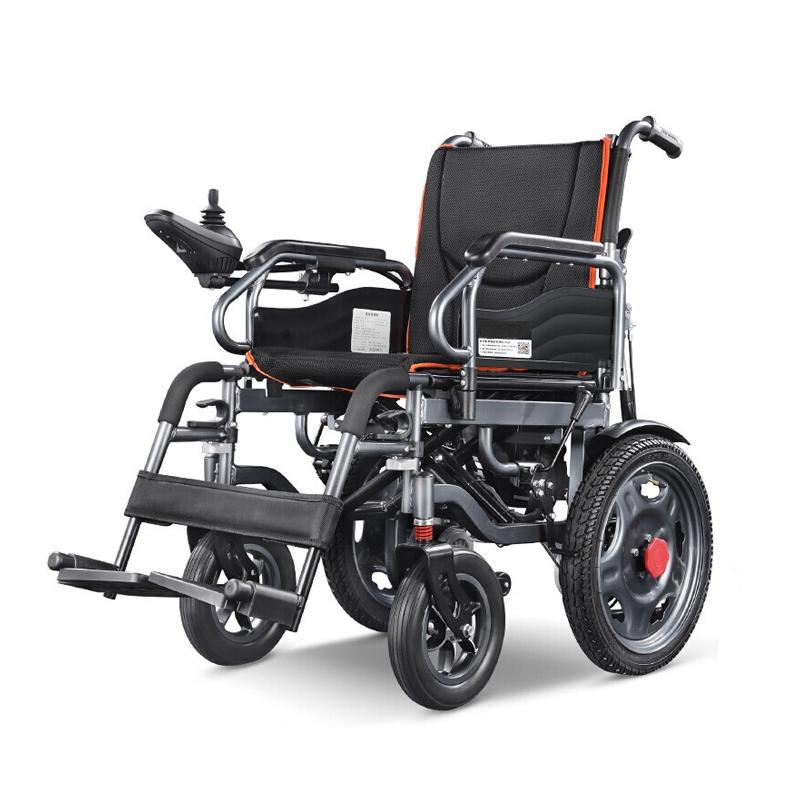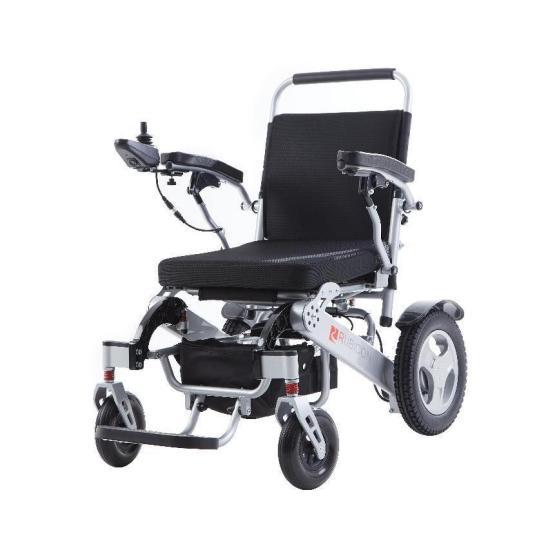Choosing your first wheelchair accessible vehicle (EA8000) can seem like a daunting process. From balancing comfort and convenience with specialist conversions to accommodating family life, there is a lot that needs to be considered.
How much space do you need?
Think about the lifestyle you live and whether this will impact the space you need in your vehicle.
For example, do you need a family car with sufficient seating for your children, and possibly their friends when they visit? Will you regularly transport luggage around? Are you an avid traveller who spends most of your time abroad and only uses a vehicle sporadically when you’re home?
These questions should be your first consideration when choosing a vehicle and will help you determine the size and model you’ll need before any adaptations are made.
If you have a small garage, driveway or need to park on the pavement outside your home, you’ll also need to think about whether your car will fit comfortably in these spaces with plenty of room for your ramp/lift.
Will other people be driving your car?
Depending on your level of mobility, not being the sole driver of your vehicle can impact the choices you make. For example, if your partner also has use of the car, then having a vehicle that allows you to drive from your wheelchair might not be the best option for your lifestyle.
You should also consider whether you are both able to safely use all of the adapted features.
What is your budget?
Each disability is different, which means the adaptations in your EA8000 will be specific and tailored to your needs. Unfortunately, because of how specialist the adaptations of EA8000s are, they are likely to be expensive.
There are plenty of things to consider with regard to your electric wheelchair budget.
For example:
What is the insurance cost on your vehicle?
What is the vehicle’s fuel consumption?
Are you likely to need additional adapted features?
Are you eligible for funding?
baichen provides grants for wheelchair accessible vehicles in order to support the independence of wheelchair users, including advanced payments and funding towards additional adaptations that have become a requirement mid-lease.How comfortable is the vehicle?
One of the biggest things you need to take into consideration with wheelchairs, as with any vehicle, is how safe and comfortable you feel in it.
Think about:
Whether you’re able to get in and out of the vehicle without assistance. Options include installing a ramp or lift into the rear of the vehicle. Although lifts are likely to be more expensive than ramps, they are far easier to use especially for manual wheelchair users.
Are the controls within reasonable reach without causing strain.
Can you drive safely without automatic transmission.
If you have limited mobility in your hands, are the wheel, gear stick and other controls easy for you to use, and will they need adapting further to suit your needs?
Whether you have bone or muscle weakness that is likely to be made worse by stiff/unstable suspension.
If you’ll need your seat lifted to help you see more comfortably over the dashboard.
Can you secure your wheelchair securely while you’re driving the vehicle? This applies whether you’re driving in your chair, or storing it in the back.
Be open and honest with your car manufacturer about your specific needs, as they will be able to offer advice and other adaptations to make you safer and happier in your new vehicle.
Are there any other features you need?
Aside from adaptations made to accommodate your level of mobility, you’ll need to decide which other features would be helpful to have in your car.
Post time: Oct-12-2022



